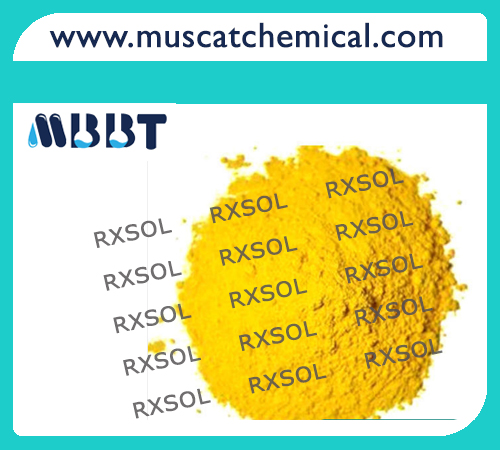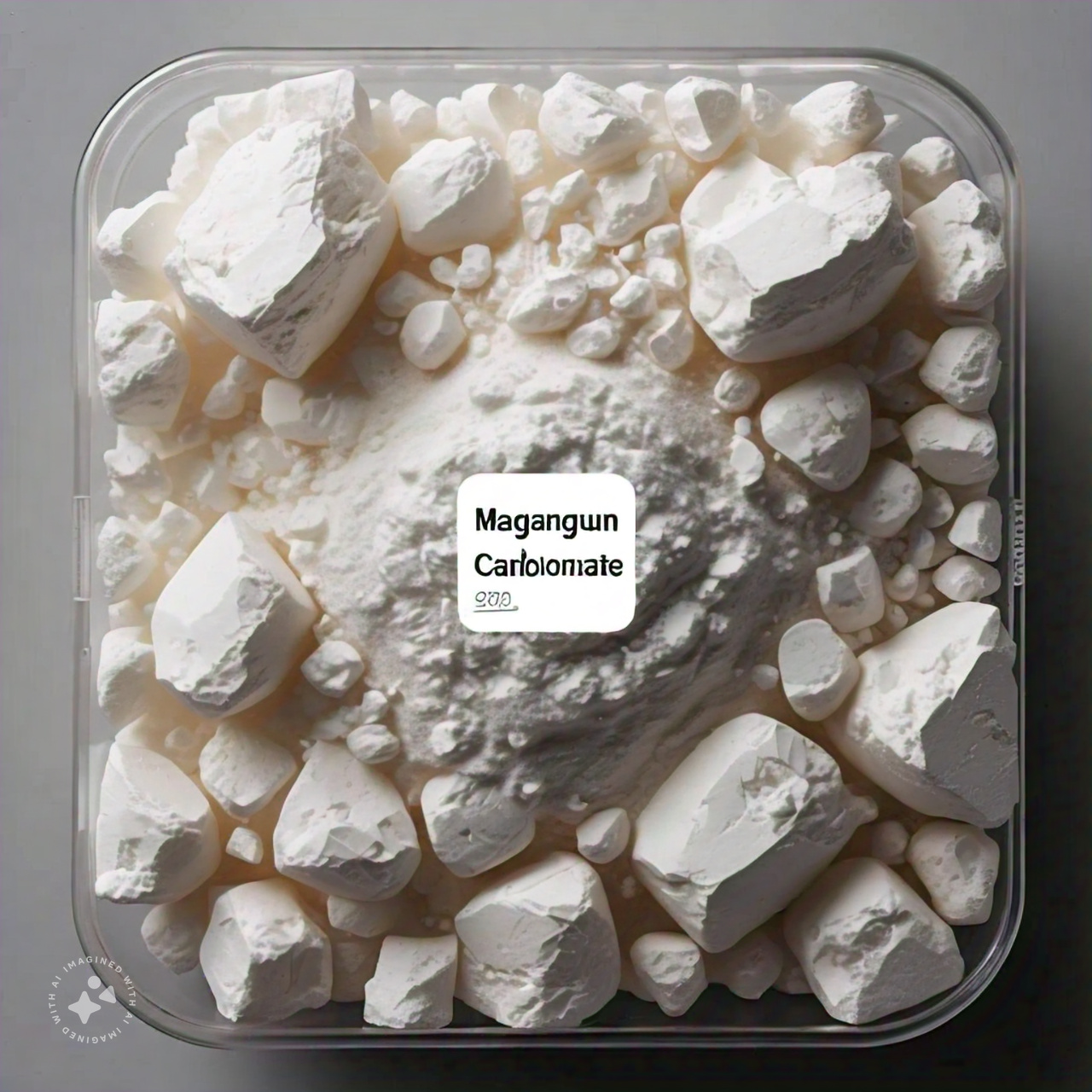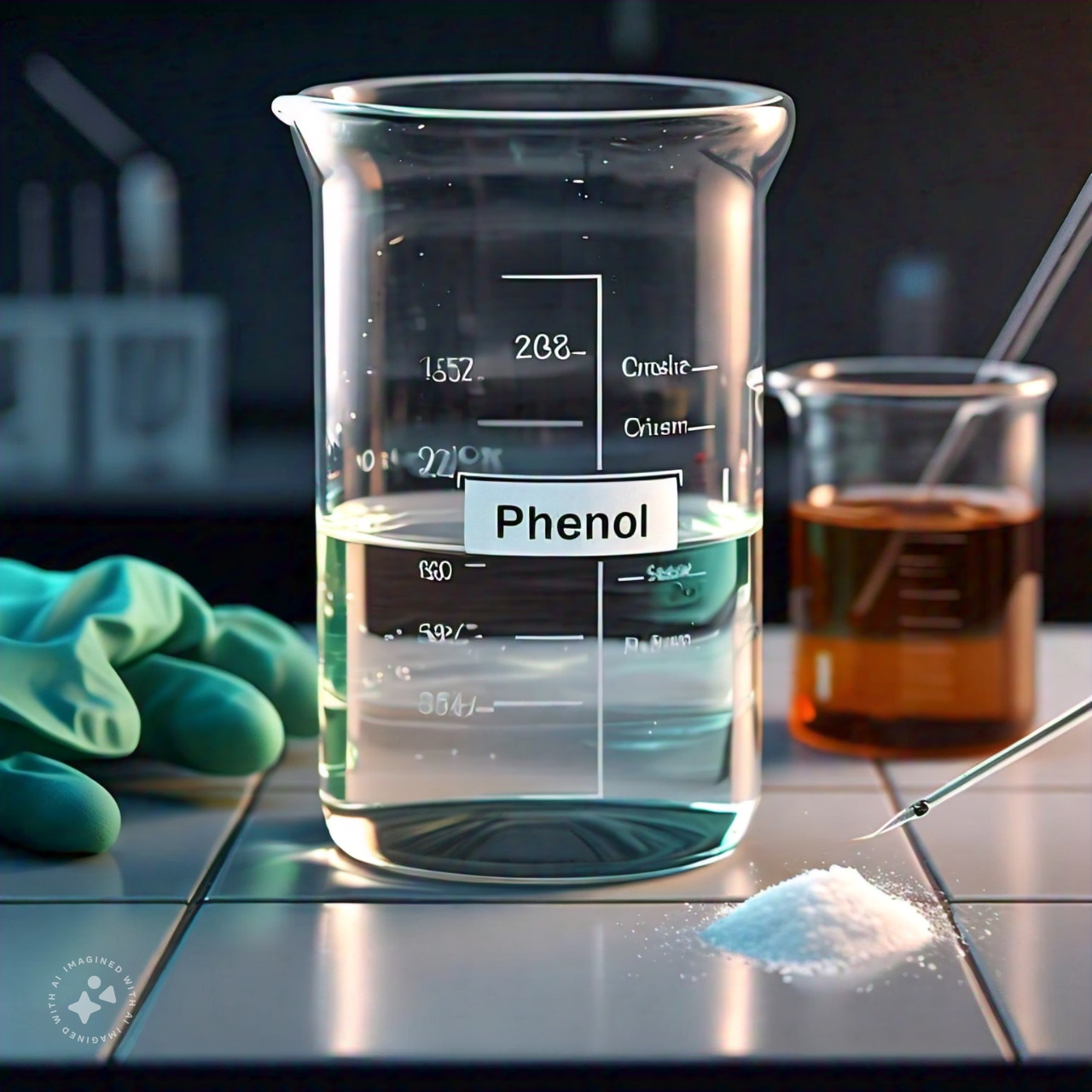1. The reaction may be quite vigorous at its start, and the use of a large flask with two condensers is advised.
2. The anhydrous d-tartaric acid was obtained from Matheson, Coleman and Bell, East Rutherford, New Jersey.
3. Additional but lower-grade product may be acquired by pouring the mother liquor into petroleum ether and filtering the mixture. The recovered product is washed twice with absolute ether, filtered, and dried. About 7 g. of product, m.p. 129–131°, is thus obtained.
4. The product is not stable and should be prepared only as needed. It may be kept in a vacuum desiccator over phosphorus pentoxide and paraffin, but the melting point drops about 1 degree during the first 4 days and then remains constant at approximately 132–134°. If placed in an ordinary stoppered bottle, the product becomes gummy and the melting point falls to about 100° within 3 days. Attempts to recrystallize the anhydride invariably led to decomposition and lowered melting point.
4. The product is not stable and should be prepared only as needed. It may be kept in a vacuum desiccator over phosphorus pentoxide and paraffin, but the melting point drops about 1 degree during the first 4 days and then remains constant at approximately 132–134°. If placed in an ordinary stoppered bottle, the product becomes gummy and the melting point falls to about 100° within 3 days. Attempts to recrystallize the anhydride invariably led to decomposition and lowered melting point.1. The reaction may be quite vigorous at its start, and the use of a large flask with two condensers is advised.
2. The anhydrous d-tartaric acid was obtained from Matheson, Coleman and Bell, East Rutherford, New Jersey.
3. Additional but lower-grade product may be acquired by pouring the mother liquor into petroleum ether and filtering the mixture. The recovered product is washed twice with absolute ether, filtered, and dried. About 7 g. of product, m.p. 129–131°, is thus obtained.
4. The product is not stable and should be prepared only as needed. It may be kept in a vacuum desiccator over phosphorus pentoxide and paraffin, but the melting point drops about 1 degree during the first 4 days and then remains constant at approximately 132–134°. If placed in an ordinary stoppered bottle, the product becomes gummy and the melting point falls to about 100° within 3 days. Attempts to recrystallize the anhydride invariably led to decomposition and lowered melting point.






